January 16, 2015 Tracking Puzzel If you get up and out early, you might be lucky enough to follow a single animal’s tracks through pristine snow. However, well-traveled trails are more the norm in our suburban natural areas. Can you spot the wildlife sign amongst these many prints of boots and shoes? We all have
Buttons
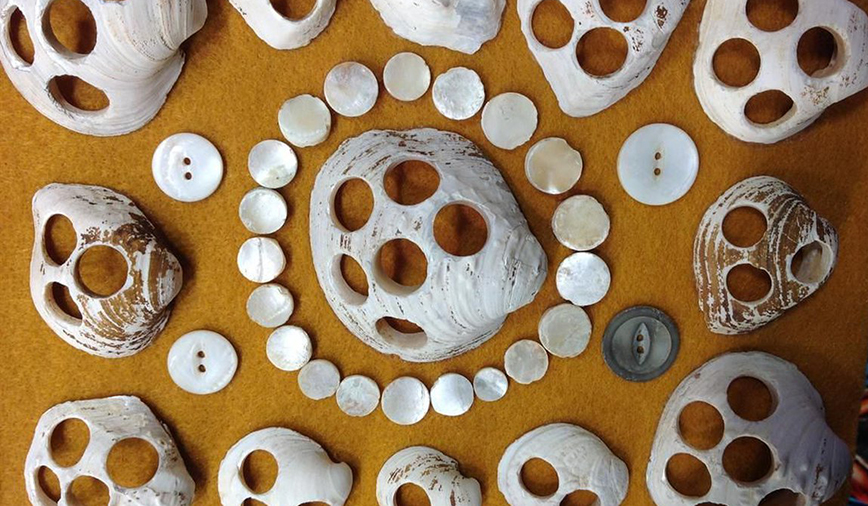
January 9, 2015 Buttons During the late 1800s and early 1900s, freshwater mussels were used to make buttons. Harvests took place throughout the Midwest, including Illinois and our own Fox River. Annual harvests totaled tens of millions of pounds per year. By 1908 many mussel numbers were severely depleted, and many species were near extinction.
Buttons, Mussels, ShellsLeftovers
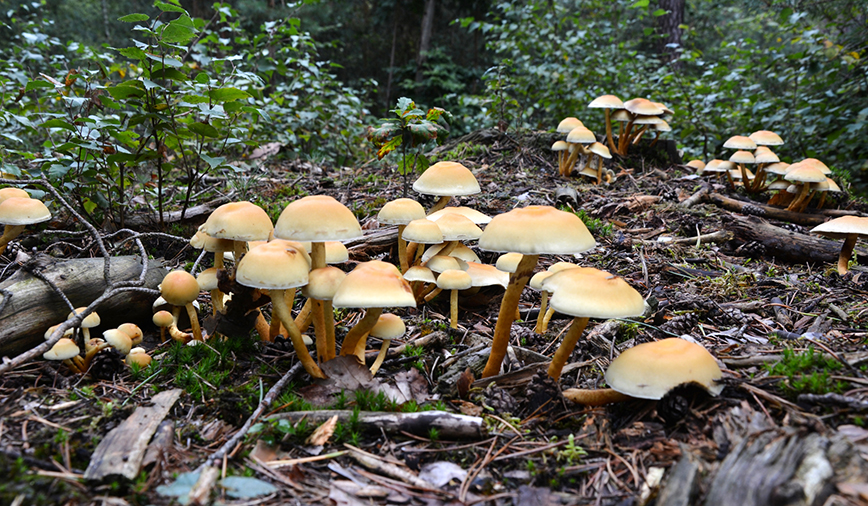
January 2, 2015 Leftovers If you’ve ever hosted a holiday feast, you know that leftovers are part of the deal. Some go gracefully, packed up in containers and sent home with family or friends. Others take on new identities inside inventive casseroles. A select few might, with the best of intentions, get tossed in the
Fungi, Leftovers, RecyclingStarling
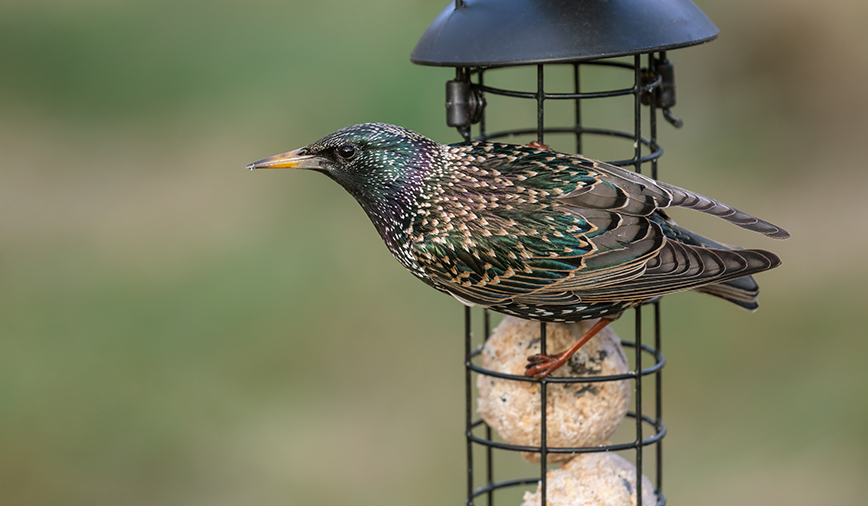
December 26, 2014 Starling European starlings molt in fall, replacing old feathers with new ones that have bright white tips. Over time, these ends wear off, and by spring the birds have attained a breeding plumage that is dark and iridescent. Photo supplied by Bob Andrini, Kane County Audubon. Depending on how your holiday season
Bird, Fly, StarlingRiver Otters
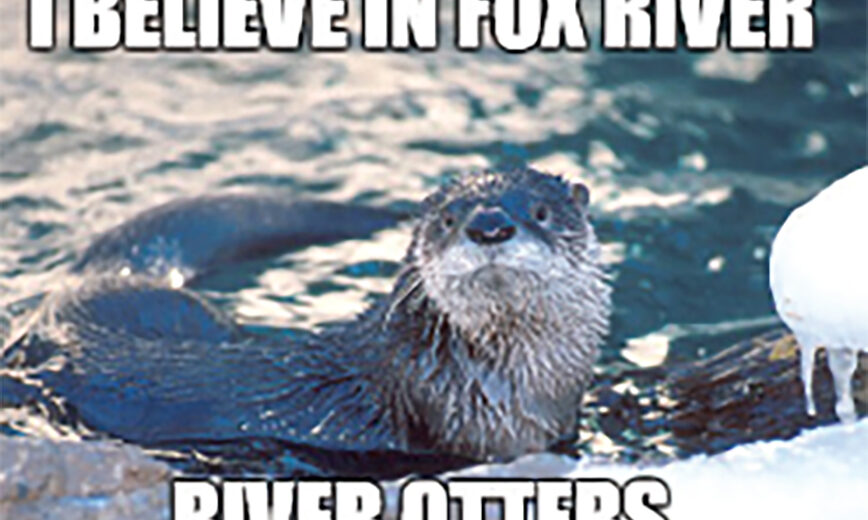
December 12, 2014 Otters One of the more common images making its way around Facebook these days depicts a quintessential Santa Claus. With a plate of cookies in one hand and a glass of milk in the other, St. Nick appears just as we followers have always pictured him: twinkling eyes, merry dimples, nose like
Critters, Otters, River OttersWeasels
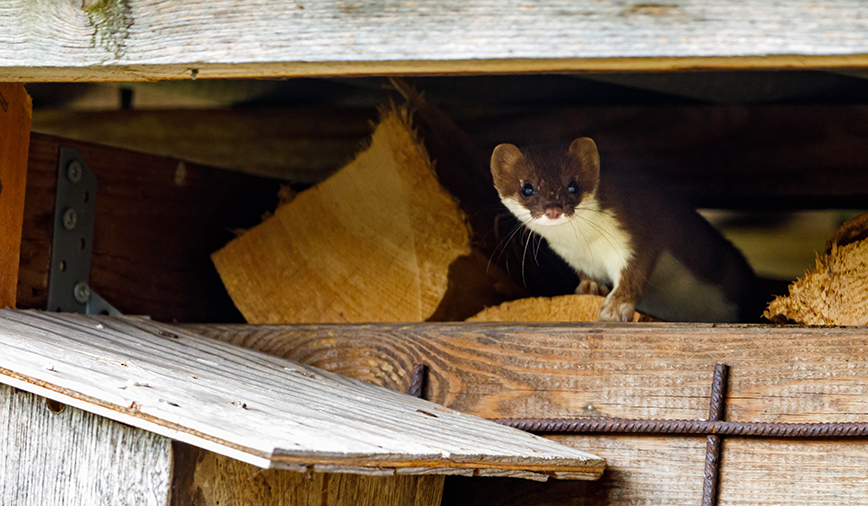
December 5, 2014 Weasels Stealthy and quick, this weasel recently was spotted hunting in the rafters of the garage at Hickory Knolls. Its fur will remain white during winter, then transform to a chocolaty brown with white belly and paws for spring and summer. I guess we all have our Thanksgiving favorites. My brother likes
NOT THE RIGHT ARTICLEArtie-at-Thanksgiving
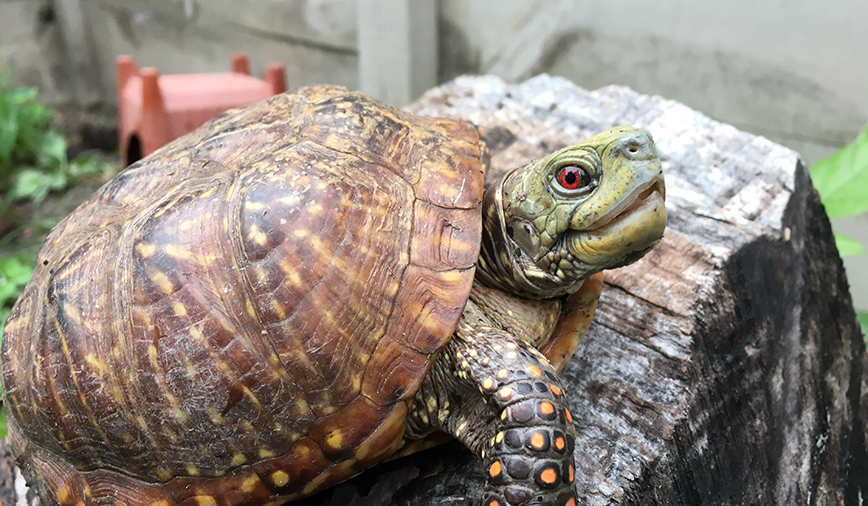
November 28, 2014 Artie at Thanksgiving Ornate box turtles, like Arthur, are a threatened species in Illinois and require a permit from the Illinois Department of Natural Resources if kept in captivity. I guess we all have our Thanksgiving favorites. My brother likes turkey, and lots of it. I’m partial to stuffing. And my buddy
Box Turtle, Reptile, TurtleJumping Spiders
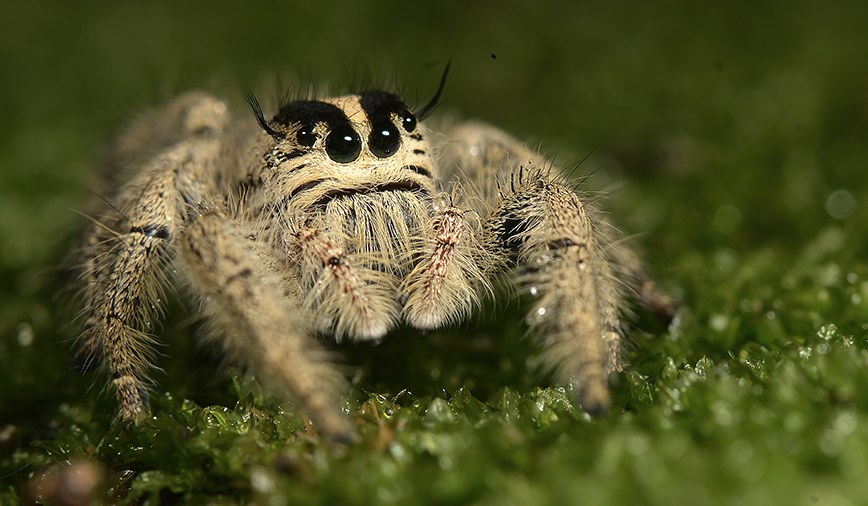
November 21, 2014 Jumping Spiders With large eyes and fuzzy bodies, jumping spiders frequently are referred to as the ‘teddy bears’ of the spider world. About 350 species occur throughout North America. Ah, the teddy bear. What could be more comforting than this charming icon of childhood? Cuddly, wide-eyed and ever vigilant, teddy bears have
Arachnid, Jumping Spider, SpiderMonster Bucks
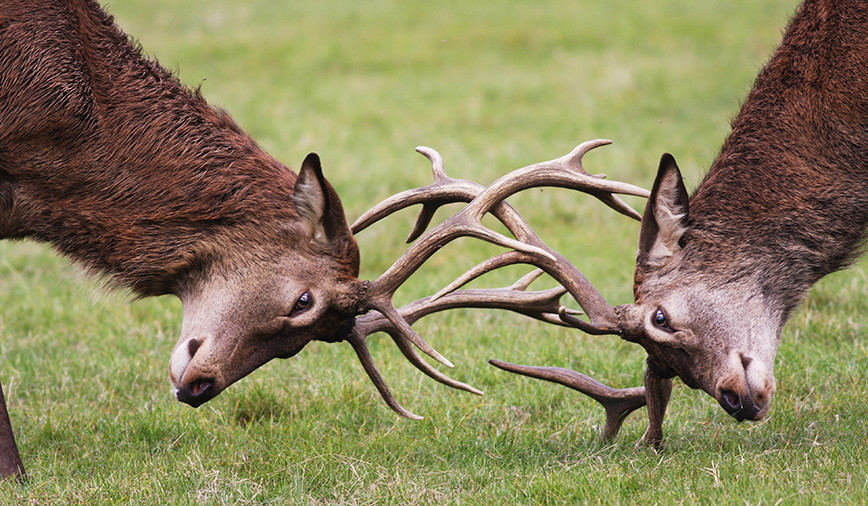
November 14, 2014 Monster Bucks November is the peak of the breeding season, or rut, for white-tailed deer. These two monster bucks lost their lives in an epic battle for dominance in a St. Charles woodland. Monster Bucks. The phrase sounds like the name of a new Illinois Lottery game. Or maybe the title of
Deer, Monster Bucks, White-Tailed DeerWhite Throated Sparrow
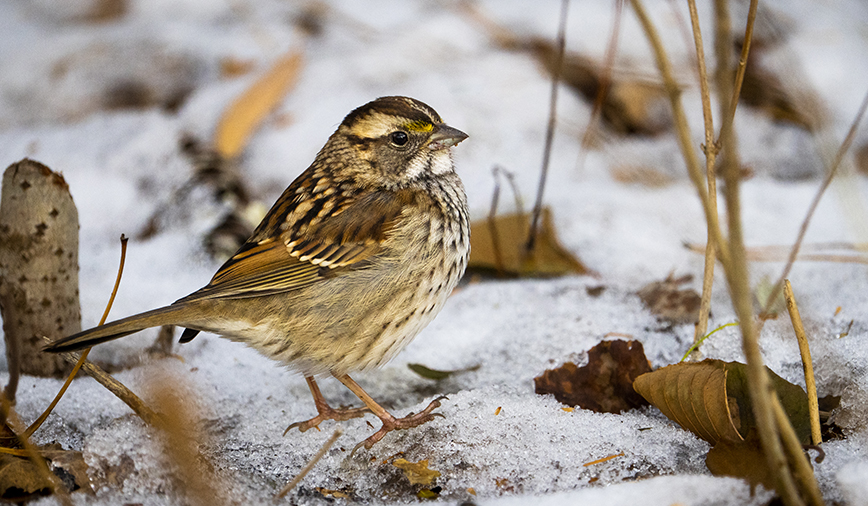
The white-throated sparrow, besides its namesake throat patch, can be identified by its striped head and yellow between the eyes and bill. Its distinctive song, “Poor Sam Peabody, Peabody, Peabody” can be heard in our area throughout the winter months. November 7, 2014 White-throated Sparrow Poor Sam Peabody. Peabody, Peabody. Now, I’ve never met this
Bird, Fly, White Throated Sparrow